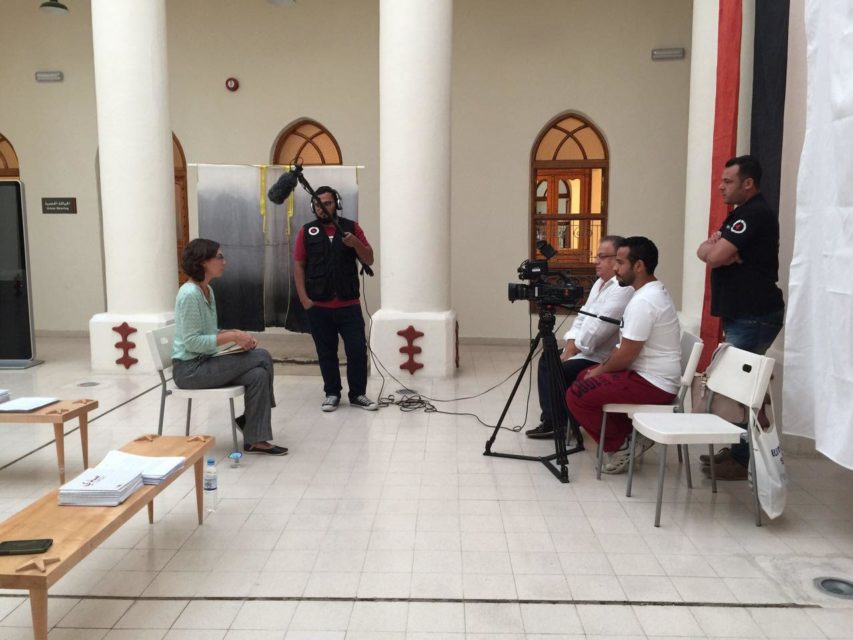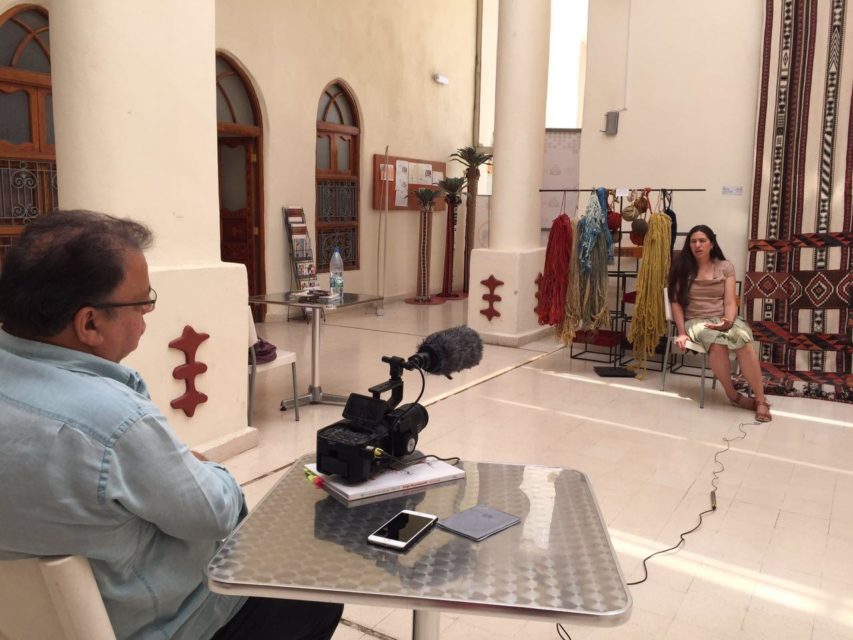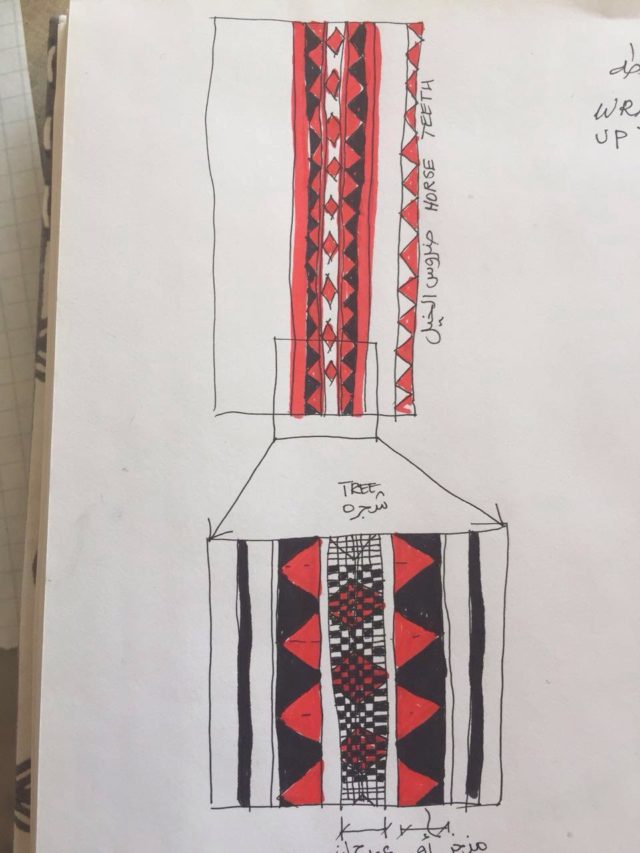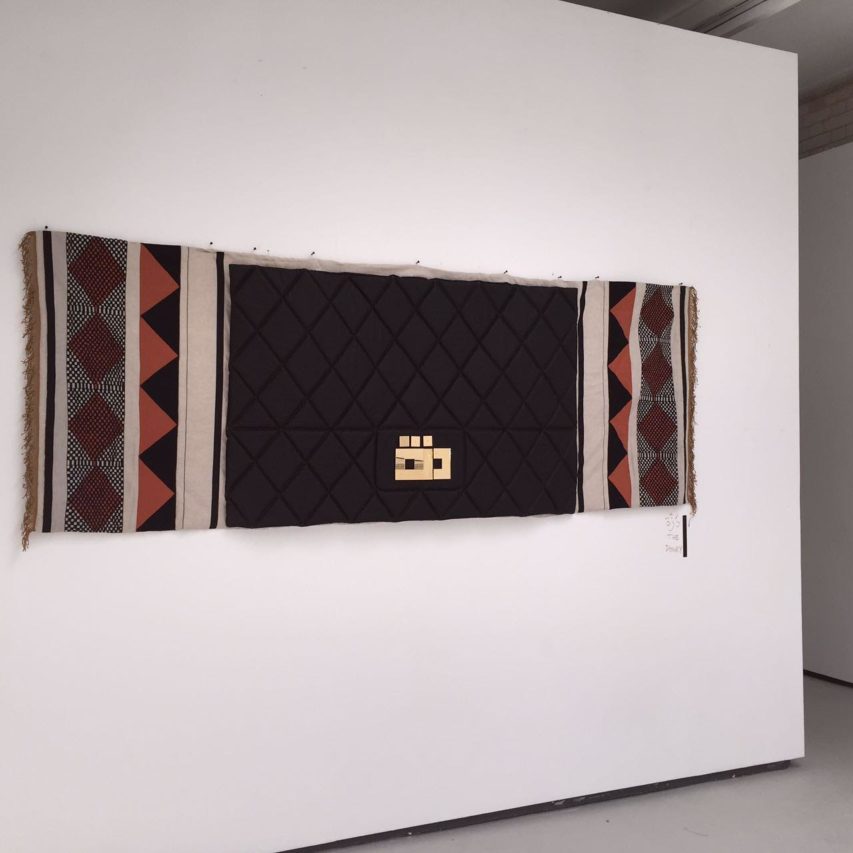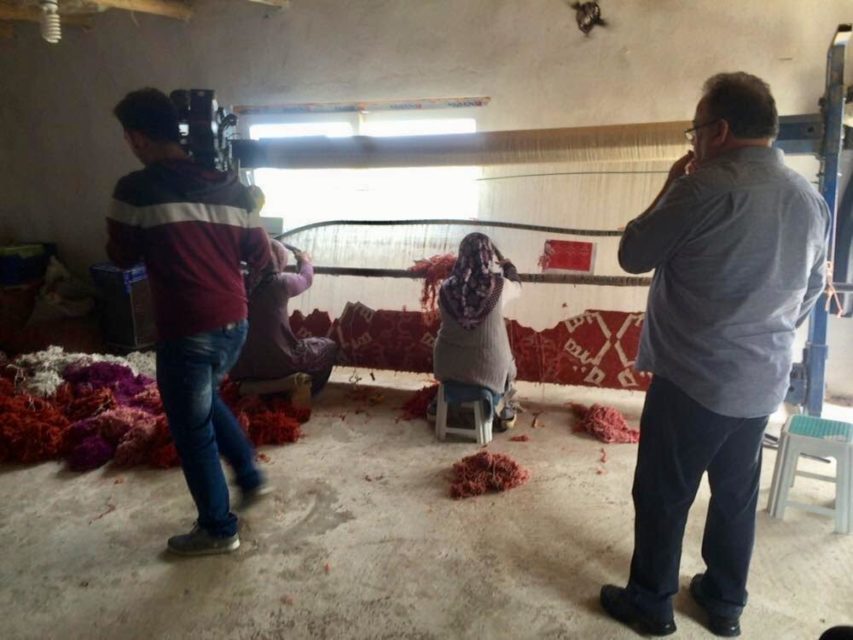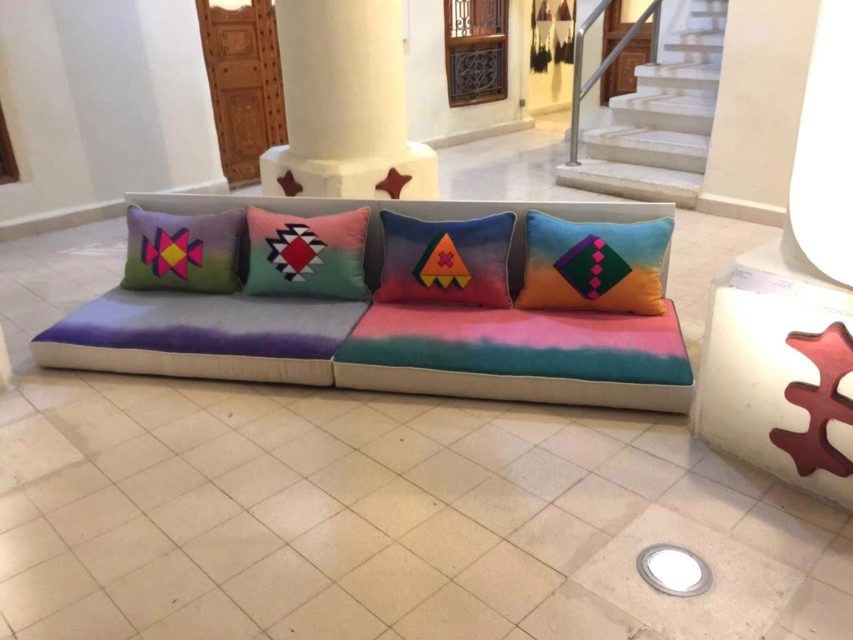(Unreleased – official name pending)
Director: Shakir Abal
Screenplay and Creative Direction: Abdullah Al-Awadhi
Research and Creative Production: Wujdan Creative Community
2016
Across Syria, Turkey, Iran, Bahrain, and Kuwait, rural women are known for their gliding
fingers— spinning and splitting yarns against wooden looms in agility and grace.
Before the weaving begins, women comb freshly sheared wool into fine thread, later
dying it with herbs and paints to make rich shades of red, orange, purple, black, and
brown. The women then attach the thread to the looms and get to work.
Weaving is both an individual and group activity— as it occurs during this time that
young girls are initiated into the craft, lending a helping hand to mothers and older
sisters. Together, women weave tent homes, carpets, blankets, pillows, furniture, and
howdahs, as well as many more essentials for everyday life.
Since the advent of modernity however, this traditional practice has been threatened
with extinction. The documentary explores some of the ingenious ways weavers from
different backgrounds have attempted to modernize the tradition and maintain its
relevance in the 21st Century.
